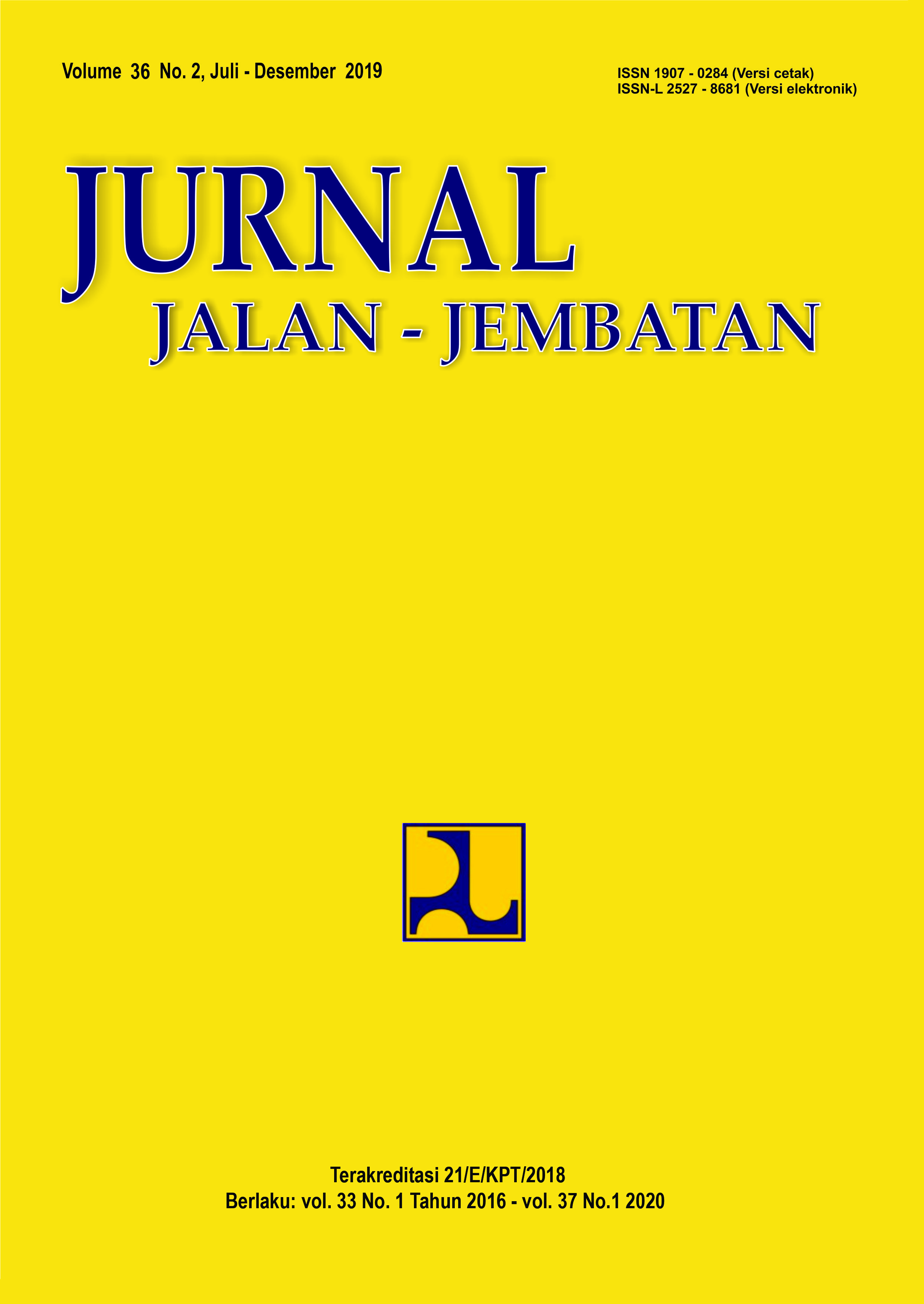Indonesia
Main Article Content
Abstract
ABSTRACT
In order to increase development, the Government is massively infrastructure. Sources of funding for toll road investments under the Public Private Partnerships (PPP) schemes are mostly derived from loans, thus requiring investors to manage cash flow in order to service debts on time. Revenue has a very significant effect on cash flow, while revenue itself is highly dependent on traffic volume. Hence, the accuracy of forecasting the amount of traffic as a reflection of revenue has an important role in determining the feasibility study of toll road investment. The risk in transportation projects is the duration and significance of the transition period from the initial/start operation to the stable traffic level, this period is known as the ramp-up period. This study uses monthly data on 4 cases study as data entry and analysing in the ‘Minitab’ software. From the regression analysis it is known that the profile of the traffic distribution at toll roads in Indonesia is a concave model which means that the amount of traffic has a tendency to increase from time to time and a significant traffic growth ratio significantly occurs from the start of service opening. The F-test analysis statistically known JORR has the shortest ramp-up duration of 9 months and BORR, Waru-Juanda and Bali Mandara respectively 42, 44 and 48 months.
Keywords: ramp-up, toll road, traffic growth, heuristic F-test, regression, traffic risk.
Article Details
Authors who publish in this journal agree to the following terms:
-
Authors retain copyright and grant the journal the right of first publication with the work simultaneously licensed under a Creative Commons Attribution License, which allows others to share the work with acknowledgment of the work's authorship and initial publication in this journal.
-
Authors may enter into additional contractual arrangements for the non-exclusive distribution of the journal's published version of the work (e.g., post it to an institutional repository or publish it in a book), with acknowledgment of its initial publication in this journal.
-
Authors are permitted and encouraged to post their work online (e.g., in institutional repositories or on their website) as it can lead to productive exchanges, as well as earlier and greater citation of the published work.
Each submitted manuscript must be accompanied by a "Manuscript Originality Statement" and a "Copyright Transfer Statement".

